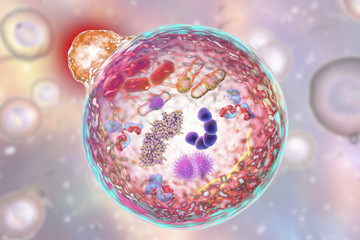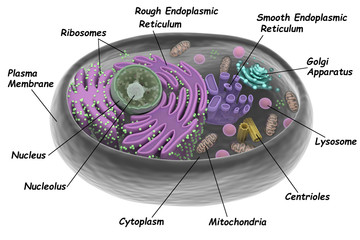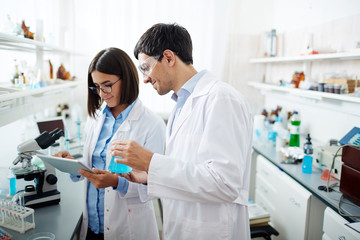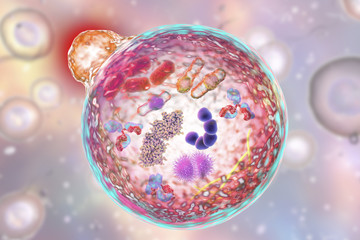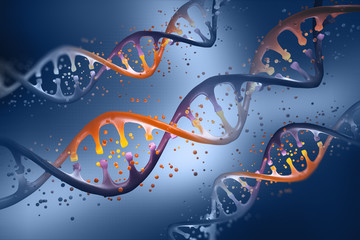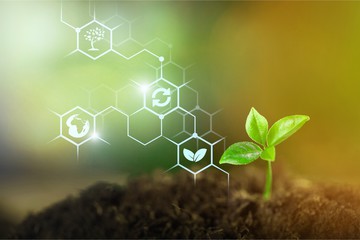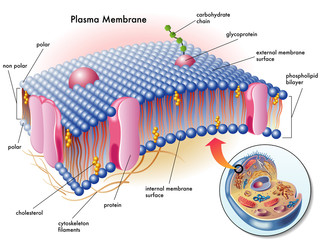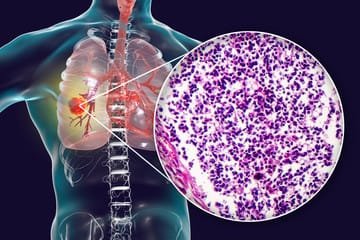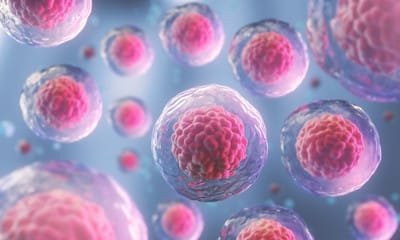Showing 46-54 of 59 results
Biological Membranes
Biological Membranes are comprised of phospholipid bilayers that are formed when the nonpolar tails of glycerophospholipids and sphingolipids interact with each other in a way that exposes their polar head groups to the aqueous extracellular environment. We will discuss how this thermodynamically driven formation is dictated by the hydrophobic effect…
Biochemistry
Biochemistry is the study of life from a chemical perspective and asks how living organisms arose from biomolecules that are lifeless. These biomolecules can be isolated from organisms and examined individually, and they conform to both the chemical and physical laws that govern inanimate matter. A biochemist studies the properties…
RNA Basic Knowledge
Ribonucleic acid (RNA) is a polymeric molecule, which is implicated in different biological roles such as coding, decoding, expression of genes and regulation. Biological reactions within cells are catalyzed by some RNA molecules, which control gene expression and communicate responses to cellular signals. The structure of RNA is similar to…
Analytical Techniques in Biotechnology
Biotechnology is an emerging field that allows scientists to use analytical techniques to study the structure and function of biomolecules. Protein purification is an all but mandatory step for studying macromolecules, but this task is not necessarily easy. Several experimental methods, deductive logic, and even a little bit of luck…
Histology
Histology is the study of the microanatomy of cells, tissues, and organs as seen through a microscope. It examines the correlation between structure and function. Histology, also known as microscopic anatomy or microanatomy, is the branch of biology which studies the microscopic anatomy of biological tissues. Histology is the microscopic counterpart to…
Cell Biology
Cell biology is the study of cell structure and function, and it revolves around the concept that the cell is the fundamental unit of life. Focusing on the cell permits a detailed understanding of the tissues and organisms that cells compose. Some organisms have only one cell, while others are…

